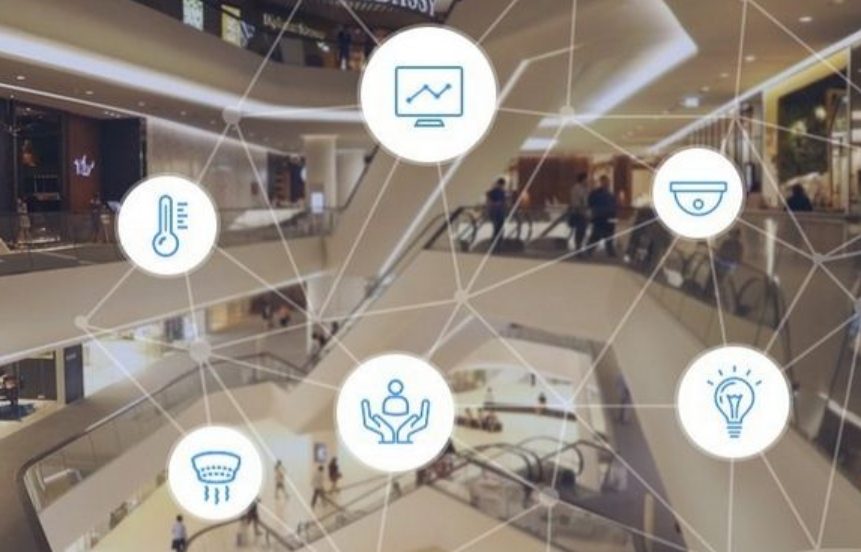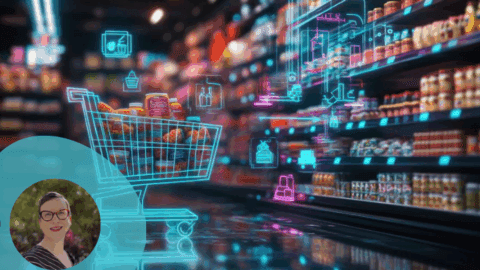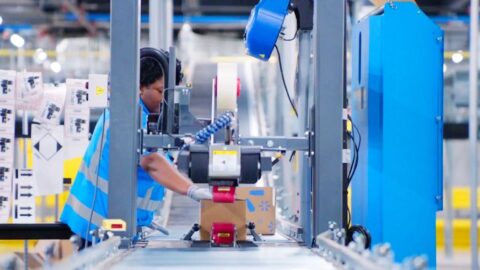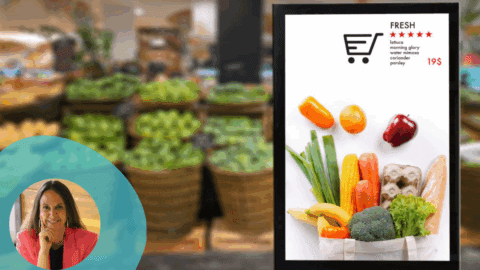Retailers often describe the “store of the future” having multiple customer service options, such as automated returns or cashierless checkout, and offering disruptive technologies such as AI, VR, AR, virtual mirrors and IoT. But many of these brick-and-mortar upgrades remain saved for just that — the future. For example, only 19% of retailers have implemented IoT within their stores, with 23% implementing AI-powered platforms such as voice-activated POS and digital assistants, according to a report from BRP.
In another sign that adoption of these technologies is still a long way off, only 5% of retailers said they have implemented each technology and that it is working well.
The BRP report, titled The Future Store, is based on findings from the BRP Consumer Study and the 20th Annual POS/Customer Engagement Survey, which are designed to offer insights into customer expectations for the store of the future as well as how retailers’ current capabilities match up with these expectations.
In total, 55% of retailers believe they will have implemented IoT in their stores within three years, while 53% say they will implement AI in that time frame.
The slow adoption rate extends to various other technologies that have been hyped in recent years:
- 9% currently offer augmented reality; another 29% plan to add it within three years;
- 7% offer virtual reality to customers; another 23% plan to add it within three years;
- 9% offer virtual mirrors to allow customers to virtually see products in use; an additional 23% plan to add within three years; and
- 21% currently offer videoconference capabilities; another 25% plan to offer it within three years.
Customer interest in these technologies is outpacing retailer adoption: 32% of consumers are likely to shop at a store offering an AR experience over a retailer that doesn’t offer AR, and 29% would like a virtual reality VR experience as part of their shopping environment.
Consumers Want More Automation, But It’s Not The Answer Yet
If retailers need additional motivation to add these technologies, shoppers display more interest in relying on them, rather than human interaction, during the purchase process. For example, 55% are more likely to shop at a store with self-checkout vs. a store without, and 57% will choose a store offering automated returns to avoid human interaction, the report said.
While automation can be a way to cut costs and improve customer service options in some retail segments, a number of highly personal product decisions and luxury brands likely will not adopt automation to replace humans. The trend of identifying customers in real time and guiding them through the sales process via human interaction won’t soon be replaced by automation.
Factors that inform the effectiveness of consumer engagement require a finesse that robotics will likely not perform as well as humans, such as context (time of day, how the customer is dressed, what department they are shopping, if they are wearing a wedding ring, etc.); responsiveness to visual cues; and cross-selling and up-selling.
As Store Concepts Evolve, Retailers Must Prioritize Next-Gen Customer Service
The store itself is evolving as more retailers experiment with different formats, such as pop-ups and store-within-a-store, or even stores as mini distribution centers. While 48% of retailers are increasing the number of brick-and-mortar stores, 23% are planning to increase the number of store-within-a-store concepts and 16% say they will add more showrooms and pop-up shops.
Whichever type of store the retailer is seeking to build, merchants still need to prioritize new customer service options. But as with the adoption of disruptive technologies, implementation rates of these services remain low:
- 43% currently offer an electronic receipt with personalized suggestions, with 30% more planning to implement this service within three years;
- 37% offer scan-and-deliver functionalities, in which a customer purchases an item by scanning a barcode and then gets the item delivered to their home (or other desired location), with 20% planning to offer it within three years;
- 36% offer virtual inventory, with 27% more within three years;
- 32% offer personalized promotions based on real-time location, weather or other analytics, with 38% more within three years; and
- 25% offer persona-based user interface for POS, with 39% more within three years.













